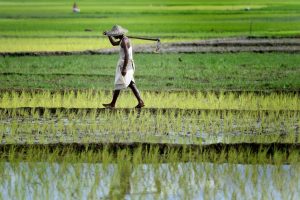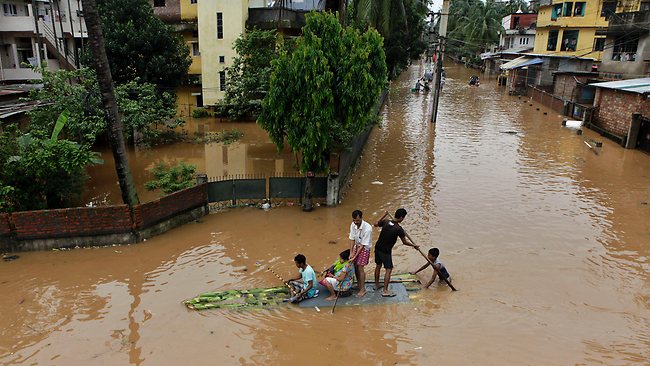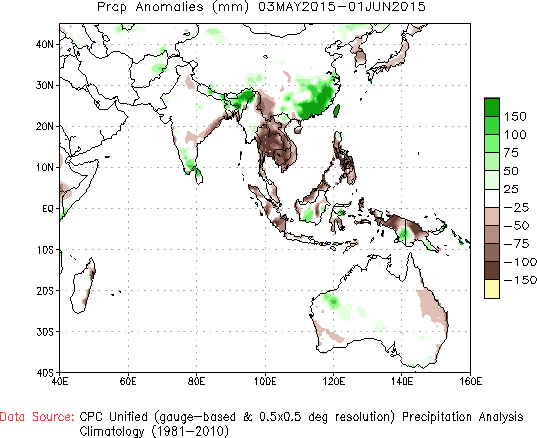Home » Posts tagged 'India'
Tag Archives: India
Monsoon affects economy, health in India
By Harland Dahl
India’s monsoon hit the Southern Indian state of Kerala on Friday, June 5th, four days later than expected. With monsoon rains comes relief from India’s stifling heat wave, which began in May.
The Indian Institute of Tropical Meteorology predicts that the monsoon will spread across most of India by the end of June. Rains are expected to reach the country’s West coast by June 17th and central India by June 25th. The India Meteorological Department predicts that the monsoon will be weaker than usual, bringing less than 90% of typical monsoon rainfall.
It is estimated that crop planting in India has gone down by 9% since last year. This is due to weak monsoon rains, which not only lead to low crop production, but to high food prices. The crops most affected are grains and cotton.
In response, the Indian government has taken several steps to boost agricultural production. The India Meteorological Department has begun to send mobile weather alerts to farmers, and public officials have been promoting the cultivation of more drought-resistant crops.
Minister of Agriculture Eknath Khadse explained, “Growing vegetables and fruits would be our priority. This will give farmers something for daily survival, without too much investment, along with the main crops ahead of the kharif season.”
The agricultural sector employs more Indian citizens than any other sector of the economy. This means that a below-average monsoon could have a significant effect on the Indian economy, as a whole. The ICICI Bank of India estimates that weak rains will cause a drop in India’s GDP growth for this fiscal year, from the originally estimated growth rate of 7.8% to 7.3%.
But even during a relatively dry year, monsoon rains have the potential to negatively impact other sectors of the Indian economy, as well. Heavy rains put crucial infrastructure at risk throughout India, and are particularly threatening to burgeoning industrial cities such as Bangalore, home to 30% of India’s startup companies.
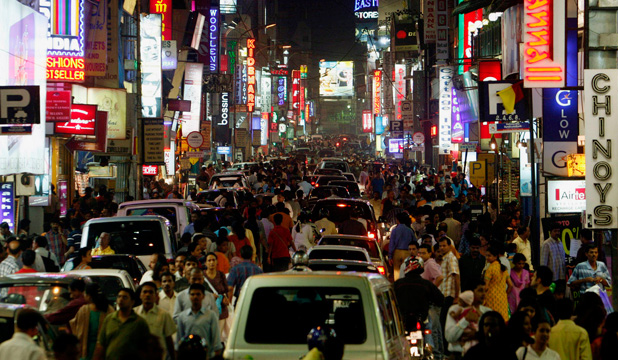
With heavy rains come blackouts and losses in internet connectivity. While larger corporations can afford more reliable internet connections, smaller companies often depend on unreliable nationwide internet service providers or local cable networks.
Weakened infrastructure has also lead to sanitation problems in many parts of India, particularly in poorer parts of the country’s largest cities. Although overall water contamination levels have gone down in the past decade, contamination usually rises significantly during monsoon season.
Rising underground water levels during the monsoon season affect outdated underground sewages systems and leaking pipes, leading to abnormally high levels of E Coli and other bacteria. These bacteria cause diarrheal disease and various water-borne illnesses.
Vector-borne diseases such as malaria and dengue are also particularly prominent during monsoon season. To avoid exposure to contaminants, Indians are encouraged by health officials to take precautionary measures such as boiling all drinking water and only eating foods stored inside.
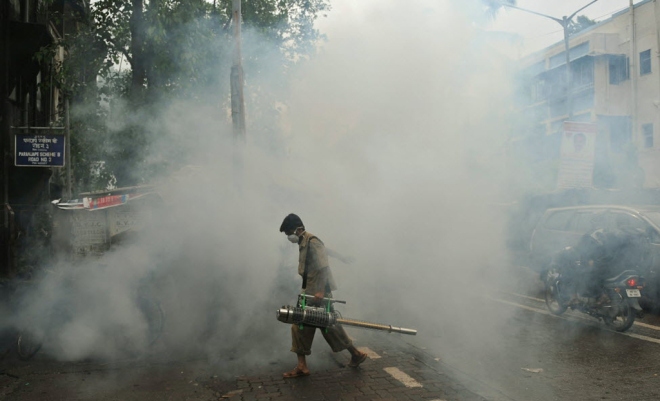
Fumigation efforts are also ramped up during monsoon season, which is also breeding season for mosquitos. Those most affected by both vector and water-borne diseases include children and the elderly, often due to time spent outside or an inability to fend off infection.
India awaits monsoon after deadly heat wave
By Harland Dahl
India faces a heat wave annually, but this year temperatures have been higher than normal. As of June 2, the heat wave’s death toll reached over 2,300. This makes the 2015 Indian heat wave the fifth deadliest heat wave in world history, and the second deadliest heat wave in Indian history.
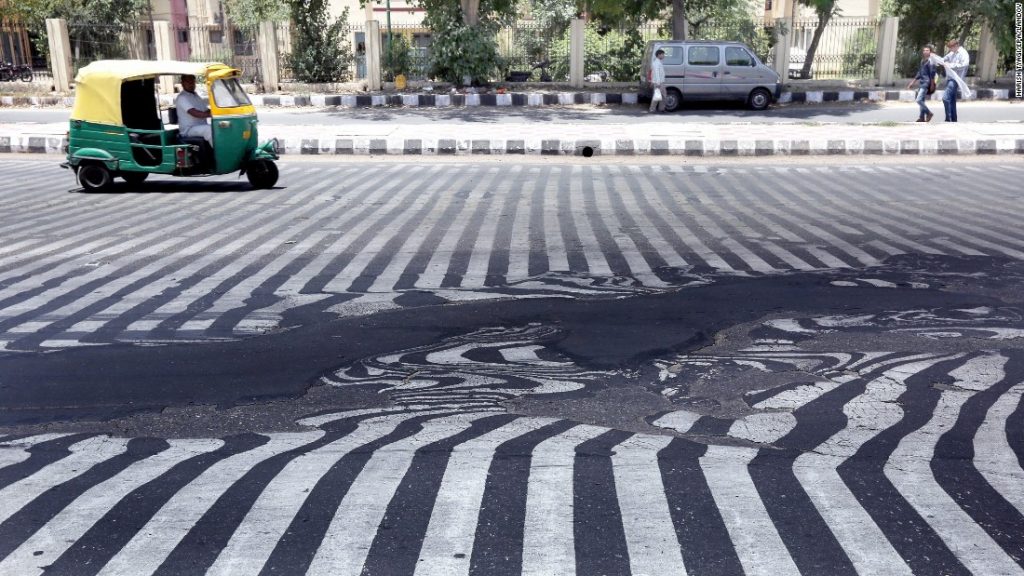
The states most affected by the heat wave were Andhra Pradesh and Telangana in southeast India, with 1,490 and 489 deaths, respectively. Other deaths occurred in the states of Uttar Pradesh, Punjab, Odisha, and Bihar.
The poor, who must continue to work to support themselves despite soaring temperatures, have suffered the most casualties. These include construction workers, many working as day laborers in the nation’s capital. Elderly Indians have also been disproportionately affected by the heat wave. These casualties are often the result of heat stroke or dehydration.
The heat wave lasted for weeks, bringing temperatures up to about 120 degrees Fahrenheit. The abnormally high temperatures are likely related to the infrequent pre-monsoon season rains. These rains brought less water to India than they have in the past, leaving Indian cities hot and dry.
The approaching monsoon season has already begun to bring relief for Indian citizens suffering from these high temperatures. Unfortunately, the monsoon, which was expected to arrive between May 29th and 31st, has been delayed. Light to moderate rainfall occurring before the onset of the continental-scale monsoon has cooled some regions, and most regions have cooled somewhat in the past few days.
Meteorologists have delivered conflicting predictions as to when the monsoon will arrive, but many agree that it will be around June 4th or 5th. When the monsoon arrives, its rainfall generally expands northward across India.
This means continued danger for already at-risk Indian citizens. In order to combat this threat, the Indian government has taken several precautionary measures. These include the distribution of oral rehydration kits and administration of intravenous fluids in public places such as bus stops and train stations.
Indians, many of whom have been suffering from headache and dizziness, have tried various methods to stay cool. In some cities, the demand for air conditioning in response to the heat wave has led to power outages. In other areas, Indians have been spending the warmest part of the day in rivers or streams to cool off. The government has also advised citizens to remain indoors or in the shade as much as possible.
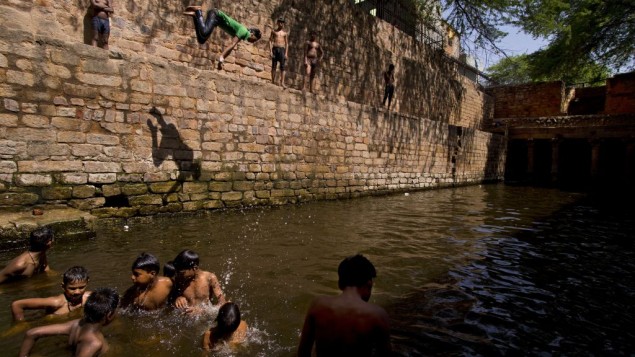
When the monsoon does arrive, it is possible that it will bring less rainfall than usual. The summer monsoon, which typically lasts from June to September, is predicted by the India Meteorological Department to bring levels of rain that are “below normal” — only 90% of normal according to their just-issued seasonal forecast. Last year this was also true, with the 2014 monsoon resulting in a 12% rainfall deficit. This year the monsoon could be inhibited by the current El Niño event that is predicted to strengthen during summer.
Hotter temperatures are generally expected to result from climate change. India’s National Disaster Management Authority states that climate change has caused more frequent and severe Indian heat waves in recent years.
The Intergovernmental Panel on Climate Change agrees, reporting that “higher daily peak temperatures and longer, more intense heat waves are becoming increasingly frequent in South Asia as a result of climate change.”
Limited rains like these could mean a lasting drought and limited agricultural production for India. As the monsoon brings four-fifths of India’s annual rainfall, it is crucial for millions of Indian farmers.
How monsoons drive life in the Western Ghats
By Julia Rothchild
In the mountains of southern India, the grass really is greener on the other side. The Western Ghats, a mountain range that runs for 1,600 kilometers along the western coast, support much more plant and animal life on one side than the other. The ecological contrast is due in part to the heavy rains that sweep over the country for several months every year.
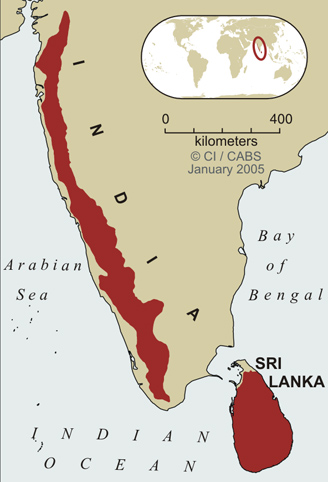
During monsoon season, the side of the Western Ghats mountain range that faces the Arabian Sea is covered in dense deciduous and evergreen forests. The earth blooms with thousands of species of flowering plants. The macaque, Asian elephant, purple frog, and crimson-backed sunbird all find a home among the verdure. The rivers and lakes are full.
The other side of the Western Ghats – the side that faces most of the Indian peninsula – is parched by comparison. Brown savannas cover the earth. The diversity of flora and fauna is more limited.


This natural disparity – more pronounced in some areas than in others – arises because of the way monsoons make their way towards the mainland at the end of every spring. Air near Earth’s surface flows northward from the winter hemisphere toward the Asian land mass that is heated by the summer sun. The Coriolis force turns this air to the right to become the low-level “monsoon westerlies” – eastward winds that constitute the lower branch of the monsoon circulation. These winds are laden with moisture, and travel across the Arabian Sea towards India. About 40 kilometers inland, the air is confronted with the massive chain of mountains, which act as a tall barricade. In order to cross the mountain range, like any good hiker, the monsoon air must trudge up and over. While the air climbs the slopes, much of its moisture falls as rain. When it reaches the other side, the air has been depleted of moisture, which means the climate is more arid east of the peaks.
Due in large part to the huge amount of rainfall on their windward side, the Ghats are one of the world’s eight “hottest hotspots” of biological diversity. Around 5,000 species of vascular plants alone grow there, as do hundreds of species of mammals, reptiles, birds, and amphibians. A large number of these species are endemic to the Ghats: they are found nowhere else in the world. The monsoons therefore nourish an exceptionally vibrant pocket of life. They enable a hotspot of biodiversity, saturated with water, to thrive.

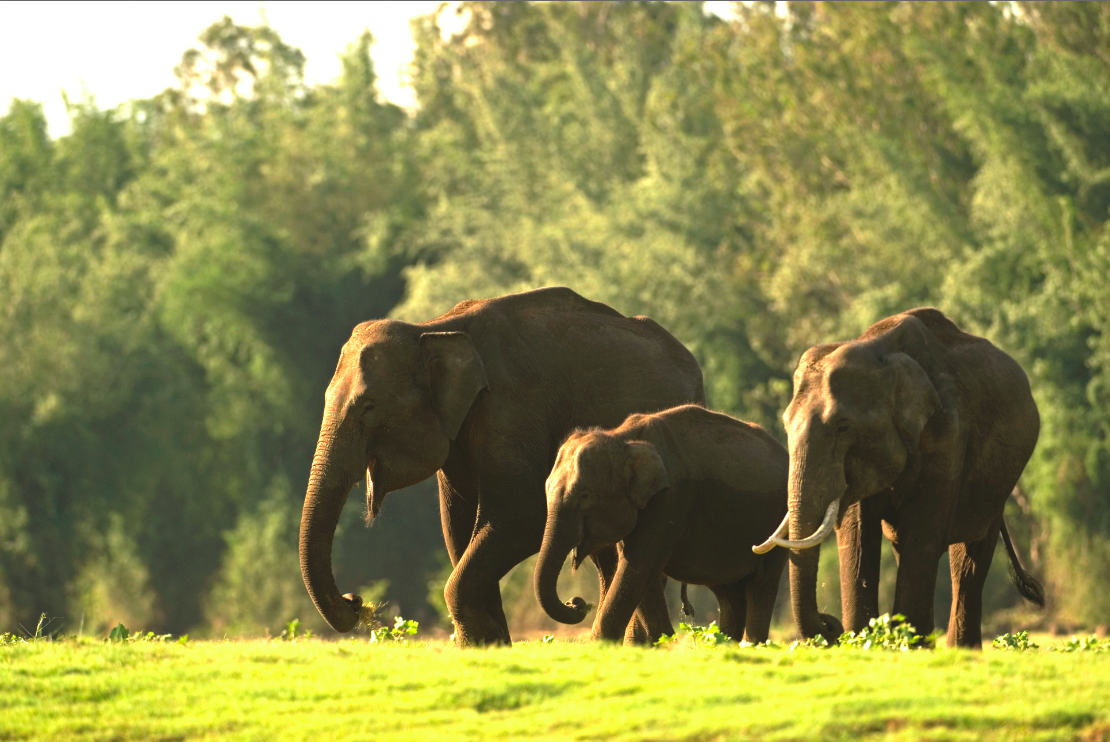
But when the clouds are less generous, both on the drier side of the mountains and during the dry winter months, both wildlife and human life suffer. Drier air means fewer crops and, depending on the area, perhaps less business or more hunger.
Within the past month, it has been reported that farmers in the state of Maharashtra, of which Mumbai is the capitol, are suffering severely from a drought. Sixty percent of villages are currently facing “drought-like conditions,” and the state and Central government are attempting to find relief and aid money. This is the fourth drought in the state since 2008, and agricultural production in the area may be cut in half.
Is there a way to help farmers in areas prone to droughts? To predict anomalies in the Western Ghats, modeling monsoon behavior is critical. Current models are imperfect because of the number and complexity of factors involved. These factors include the starting temperatures of sea air and land air, the contour of the mountains, the size and depth of clouds, and the microscopic interactions between water droplets in the air. The enormous range of variables gives us some idea of the vast challenge climate scientists face when attempting to predict the outcome of the upcoming monsoon season in southern India. As research finds more effective methods to model each of these processes, we hope that predictions of how monsoon air behaves in any given season will improve, and with them the lives of people living in the shadow of the Western Ghats.
